Yamaha HS5
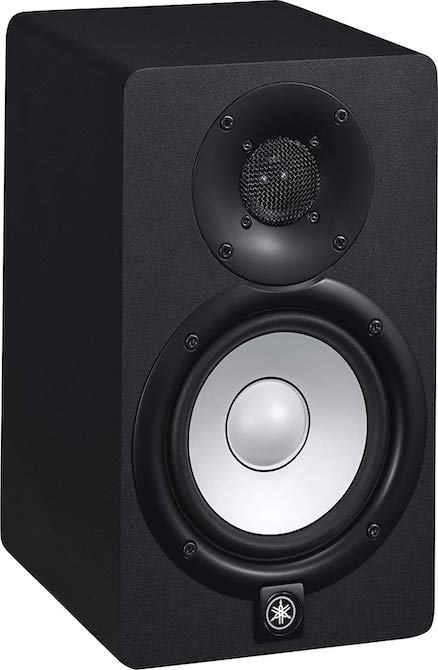
Yamaha’s HS5
Yamaha’s iconic collection of speakers has been complemented by a newer series of studio monitors – the HS product line. The HS5 and the HS7 haven’t been on the market for very long, but have already made a name for themselves in the music production world.
The smallest studio monitor of the HS product line is the Yamaha HS5. The HS5 is a 5-inch near-field powered monitor and currently Yamaha’s most affordable studio monitor (see current price).
Yamaha’s monitors are instantly recognizable. Once you see that white-cone, made famous by the legendary Yamaha NS-10, you’re inclined to expect the same level of detailed and revealing monitoring from Yamaha that the NS-10 became known for.
But, the question is, at its size and price, does the HS5 get the job done like its highly respected predecessors? At the end of the day, is the Yamaha HS5 worth the dough?
By the Look of It..
Regarding design and appearance, the HS5 carries on the Yamaha tradition. The appearance is very basic but clean and reminiscent of Yamaha’s NS-10 that is seen in a vast amount of professional studios today. Like the NS-10, the HS5 shares the famous boxed-shaped black cabinet with the glorious white cone that Yamaha has become known for. However, the look of the HS product-line has certainly been modernized for the 21st century.
Unlike the NS-10, the HS5 has curves around its corners and doesn’t feel as fragile. Although the HS5 is a smaller-sized monitor, they feel pretty solid, yet lightweight enough to be quite portable. Yamaha’s logo underneath the woofer that illuminates when powered on is another nice touch to complete the look of the HS5. In short, the Yamaha HS5 looks great.
Yamaha also decided to invert the colors, offering a white cab instead of a black one, with a black woofer. The result is a very stylish monitor that can help the look of your studio stick out. Stylistically, Yamaha’s reputation and ability to design a clean, fresh-looking, monitor, has caused the HS line to become a top choice in many studios, especially those which produce hip-hop and EDM, similar to the reputation and stylistic usage that the KRK Rokit has experienced.
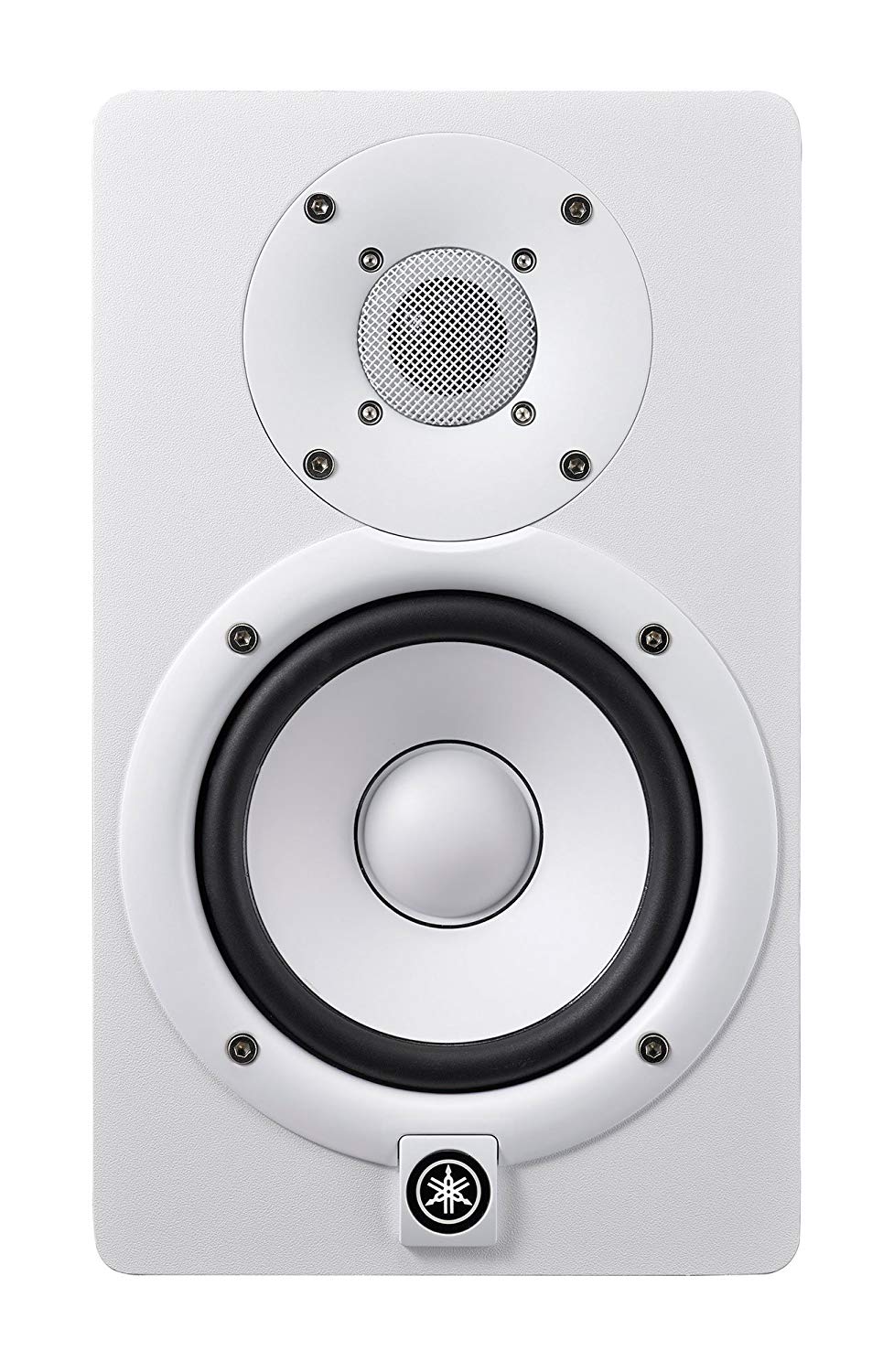
HS5 in White
But How Do They Sound?
Unlike the closed cabinet of the NS10, the Yamaha HS5 is a ported bass-reflex design. While ported monitors extend the bass response of a monitor, they also tend to create a good deal of undesirable resonance. This can lead to certain frequencies sounding less clear, especially low-end frequencies, which often results in the bass sounding smeared among ported monitors.
Because of this, you shouldn’t expect the clean transients and sharp impulse response that the NS-10 is known for. Nonetheless, Yamaha has invested a lot of time to reduce this resonance to a minimum through the careful construction of their cabinet. Constructed with a three-way mitered-joint, the corners of the cabinet of the HS5 are constructed in a way that ensures improved durability and reduced resonance. Overall, you can expect less cabinet resonance than other ported studio monitors in the HS5’s price range.
Where’s the bass?
As a five-inch monitor, don’t expect deep lows and rich bass from the Yamaha HS5. Sub-bass is virtually not present. However, this is not a criticism. It’s simply a reality of five-inch monitors. The correct question to then ask is how does the Yamaha HS5 compare in bass to other five-inch monitors in its price range?
The answer is that you will not experience the same levels of bass that you would experience with the popular KRK Rokit 5 G3 or the JBL 305P MKII, for example. Although the bass roll-off of the Yamaha HS5 begins modestly, it still begins at around 500hz, the low-mids. This is early even for a 5-inch monitor. If you’re looking for a 5-inch monitor with more bass, the HS5 is not the monitor for you.
However, on the positive side, another consideration with the bass and low-end of the HS5 is going to be the type of room you’re mixing in. Like most monitors, the bass of the Yamaha HS5 tends to experience a boost in untreated rooms, something that is further influenced by the position and distance of your monitors from your walls. Additionally, the HS5 includes a Room Control setting on its rear panel which allows you to attenuate bass frequencies under 500hz by -2 or -4db.
Considering that the HS5 is an entry-level studio monitor, it is speculated that Yamaha may have anticipated the wide usage of the HS5 in untreated rooms and engineered the HS5 to account for this shift and this is why the HS5 has less bass in its frequency response, as the bass will be boosted in the untreated room. However, this is giving Yamaha the benefit of the doubt. Even though you want to consider the affect your room will have on the balance of your monitors, its almost always better to treat your room and mix with monitors that are more flat to begin with.
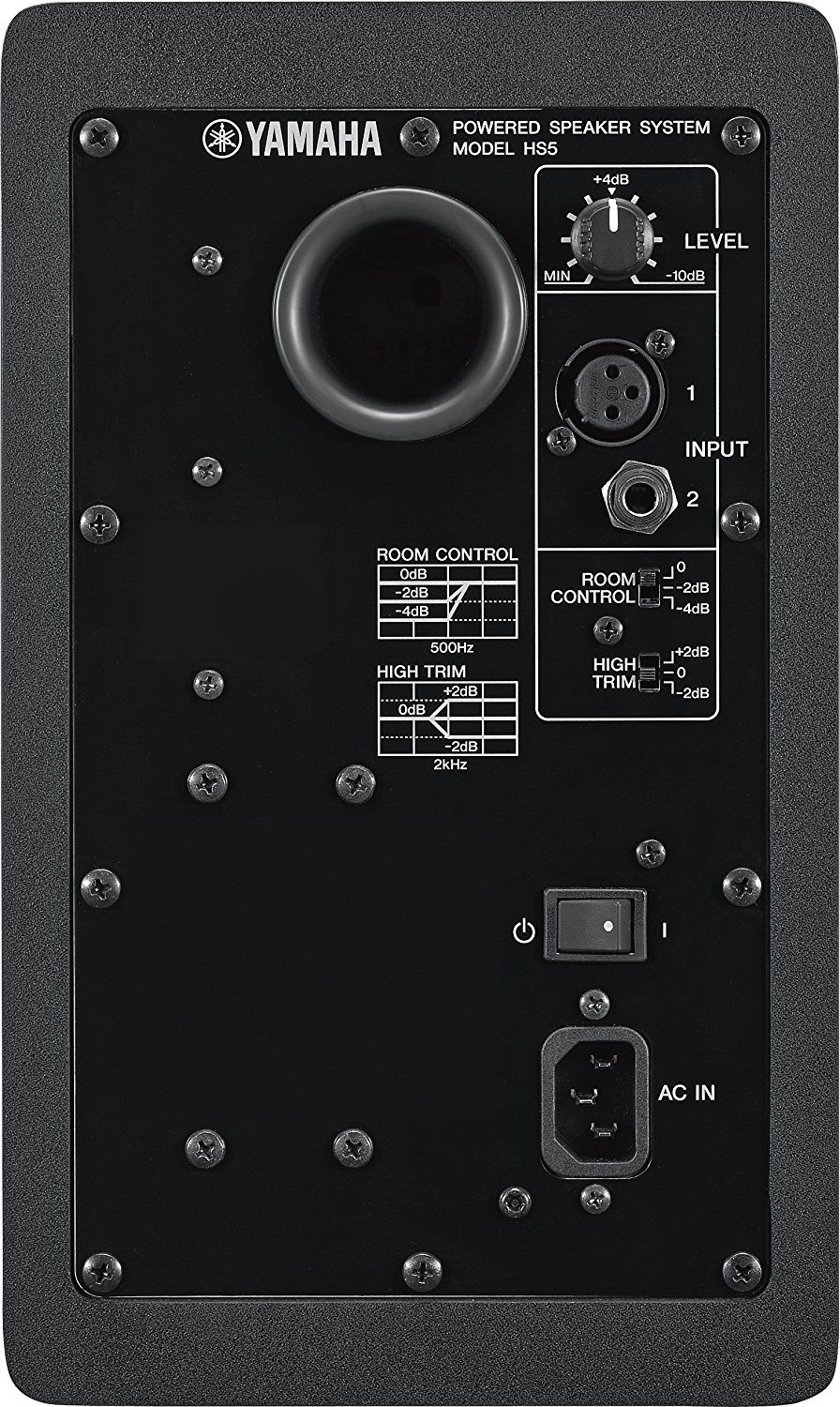
Rear Panel of the HS5
What About the Mids and Highs?
The Yamaha HS5 can be considered a mid-heavy monitor. This isn’t necessarily a good thing. These monitors experience a significant peak around 1000hz. This is probably the worst thing about the Yamaha HS5. A monitor’s mid-range frequency response can make or break a mix. Because of this, your mix may be prone to result in a “hollow” sound from exclusive use of the HS5.
When it comes to the higher frequencies and treble of the HS5, this is probably where the HS5 shines the most. Despite the inconsistencies in the bass and mid-range frequencies of the HS5, the tweeter of the HS5 does a great job producing treble that is impressively smooth and neutral. Whether it’s cymbals, the sibilance and detail of a vocal, or the crisp grit strum of a guitar, the HS5’s smooth high-frequency response can serve as a very useful tool when mixing. You can also boost or attenuate the HS5’s treble response over 2khz by 2db using the High Trim switch on the HS5’s rear panel, allowing for further control of the HS5’s frequency response.
Detailed Sound?
Another strength of the Yamaha HS5 is the wide soundstage. Highly-detailed, there is a vast sweet spot when it comes to the stereo imaging of the HS5, allowing you to pick out individual instruments within the mix from across the stereo spectrum. We were surprised by the quality of stereo imaging by the HS5 which seemed to be more detailed than other monitors in its price range.
We’ve tested the HS5 with various genres to see how they perform with recorded music. As mentioned previously, music that relies heavily on bass sounds slightly unsatisfying. EDM will sound great until the bass drop. Acoustic music, on the other hand, sounds absolutely amazing. Generally speaking, these speakers will serve you well once you adjust to them, and get used to the bass response, especially if you’re mixing with additional monitoring to check your mix’s bass levels.
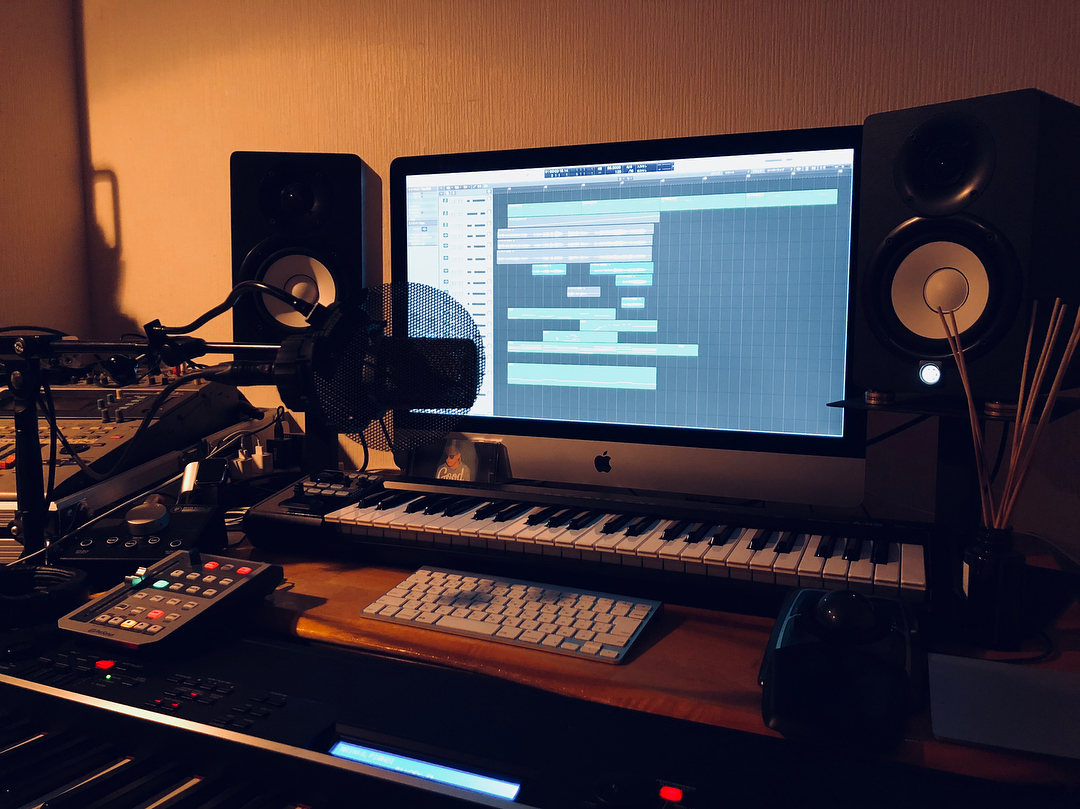
HS5s in Studio of @akihiro_jp
Bottom line
In conclusion, we’d like to say that we like the Yamaha HS5, yet we do have some reservations regarding some of the technical specs. The sound profile does, in fact, underrepresent the low-end frequencies, yet we’re sure that it won’t be an issue for all musicians and producers, and can actually be a decent reference in an untreated room where you might expect a bass boost.
Really, the most negative thing about the HS5 is the mid-range spike it experiences around 1000khz. If there’s any spot you should want your monitors to be flat, it should be the midrange. Yet, it’s important to stress how highly-detailed these monitors are on the treble side of things. The HS5 offers great clarity and high-end neutrality, something many other monitors at its price-range suffer at. Because of this, they can be a great choice for supplementary near-field monitoring even in higher budget home studios.
It’s not really all that unusual, just like most products are tailored for their “target audience,” the same can be said about the Yamaha HS5. If you’re a producer that doesn’t focus on genres that rely heavily on bass or have another source to monitor bass with, such as with headphones, then the HS5 can be a great choice. If bass is what you care about the most, then you’ll probably want to skip the HS5. But, if you’re taking a more practical approach, such as checking your bass levels with your headphones, and want to use the Yamaha HS5 to enhance the detail mixes, then we believe the Yamaha HS5 is a great choice, especially with its outstanding price-to-value ratio, and they’ll surely look great in your studio.


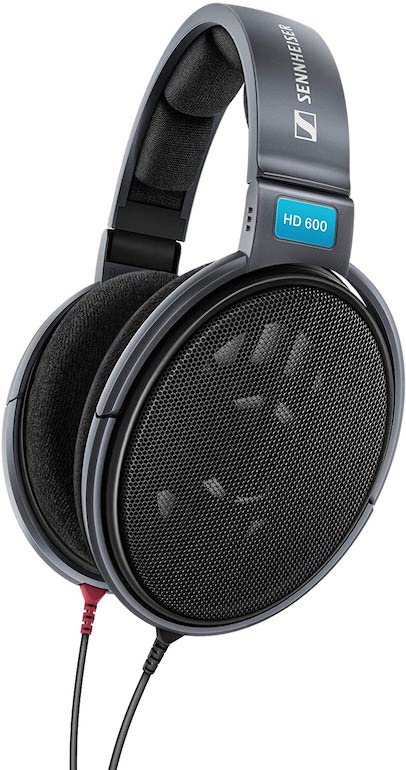
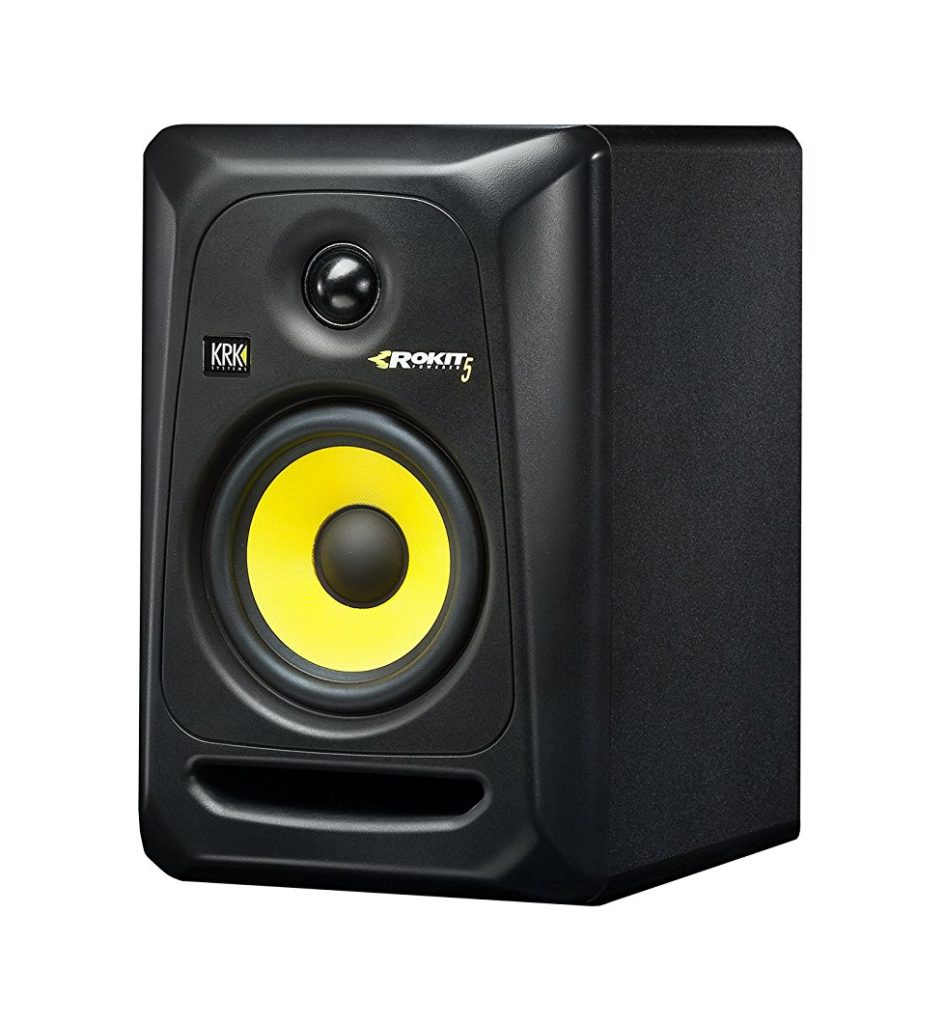

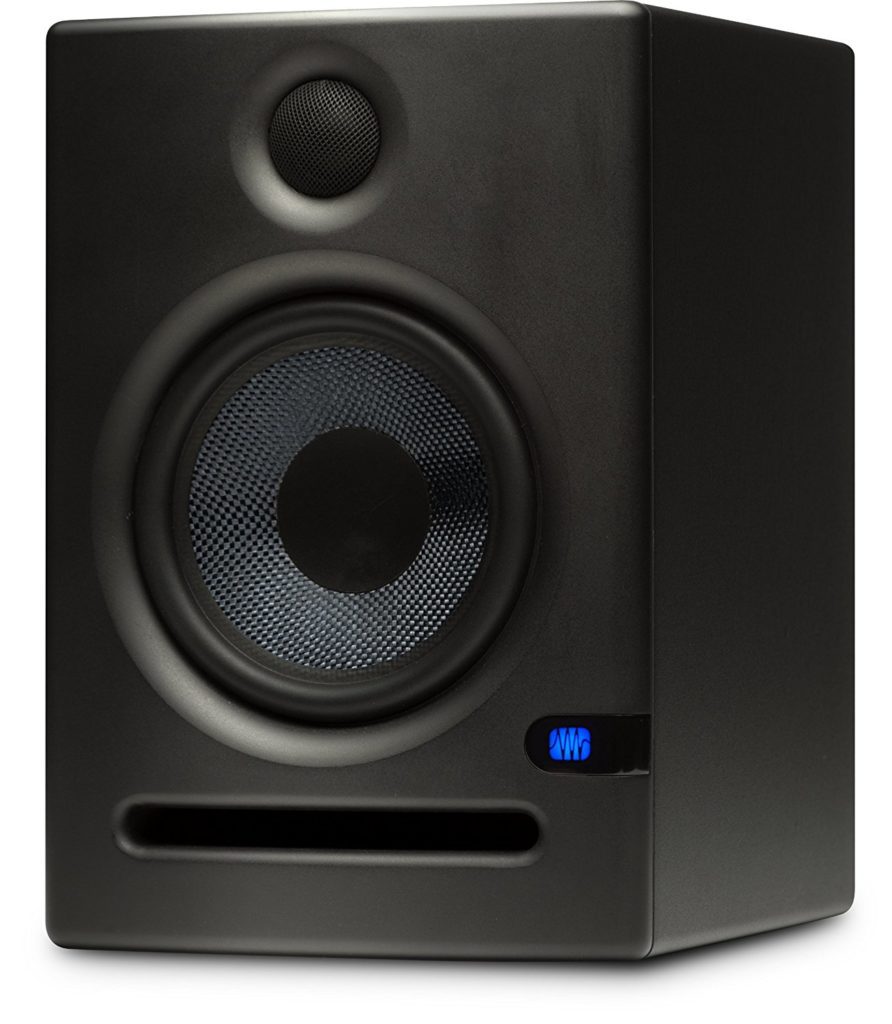
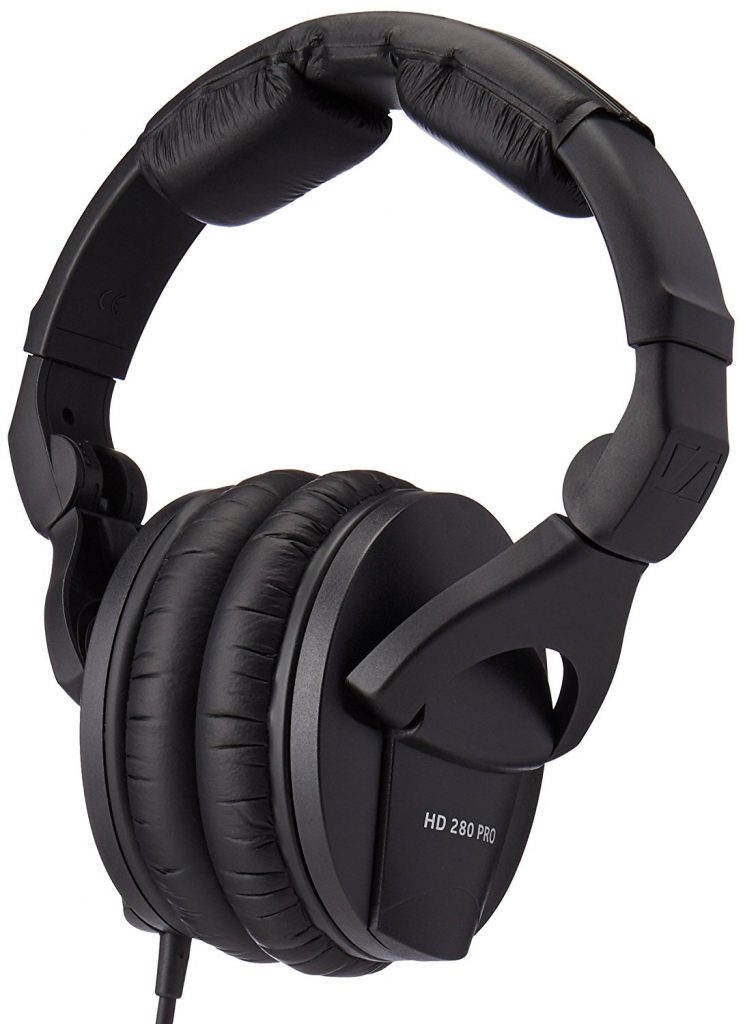
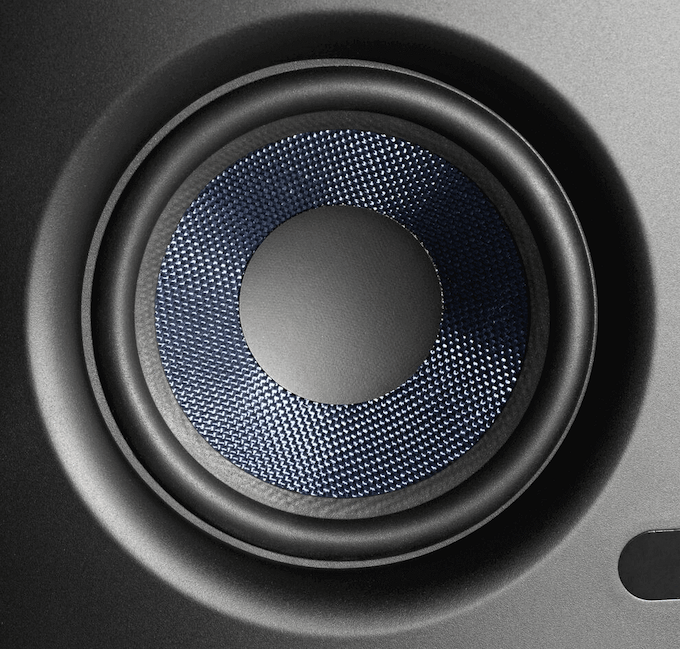
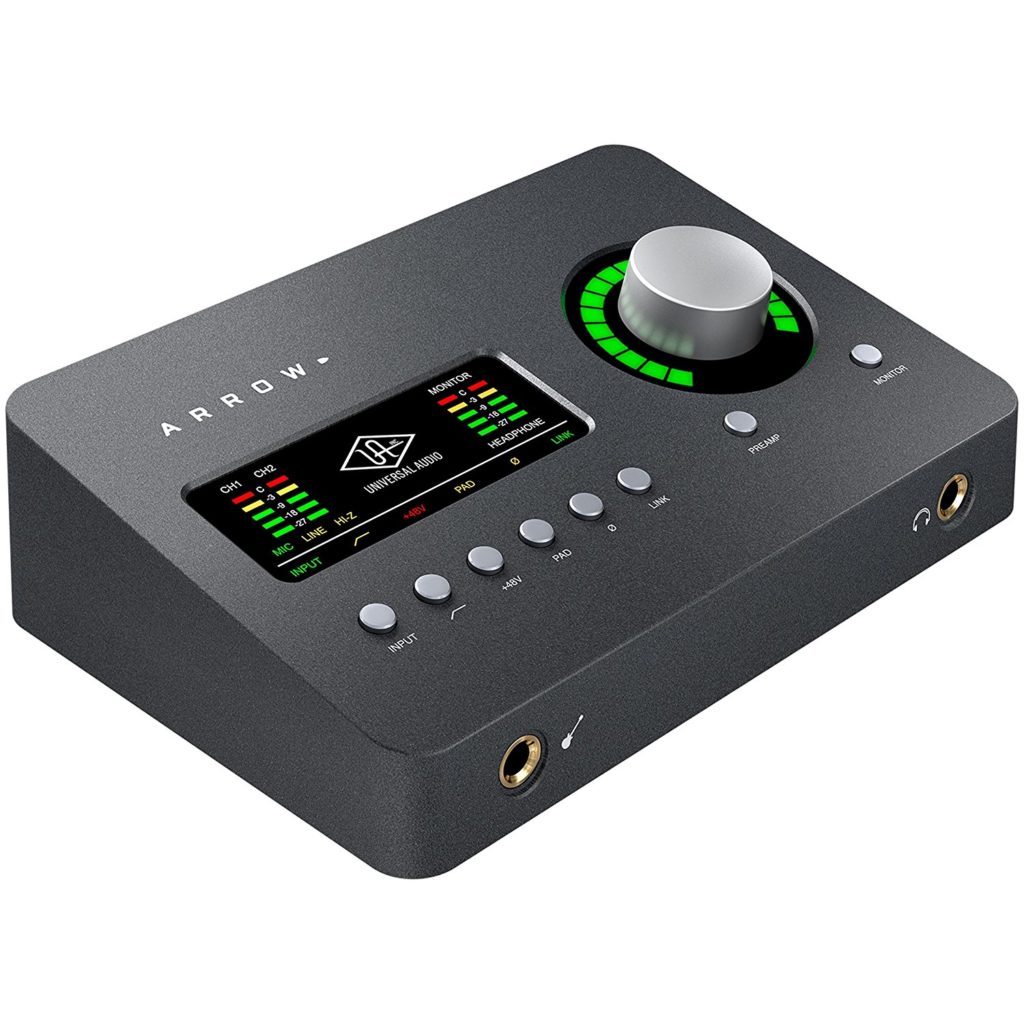











[…] black models. Yamaha is known for their white variations such as with their studio monitors the HS5, HS7 and HS8. Just like the white monitors help your studio stay stylish, the white MT5 and MT7 help […]
I am very pleased with my HS5s. I dislike sub-bass and prefer a cleaner and crisper sound. It is true that while arranging, composing, and mixing my music for demo or release, these monitors do not allow me to be alerted to any excessive musical pushing in the very low bass of the spectrum, but I have Yamaha headphones which can allow me to notice very low frequency sound that I consider to be to deliver too much thump to the listener. Then I am presented with final production listening on the HS5 with the ability to insure that the sound is similar in deep bass responsive headphones, and I then know I have filtered or effected out the excess sub-bass adequately. In future reviews you might lean on the devices in several ways, depending on musical tastes, which are very subjective and individual. Thanks for the excellent and informative review.
[…] to other popular monitors in its price range, like the Yamaha HS5 and the KRK Rokit 5 G4, the Neumann KH 80 stands out for its exceptional midrange clarity and […]